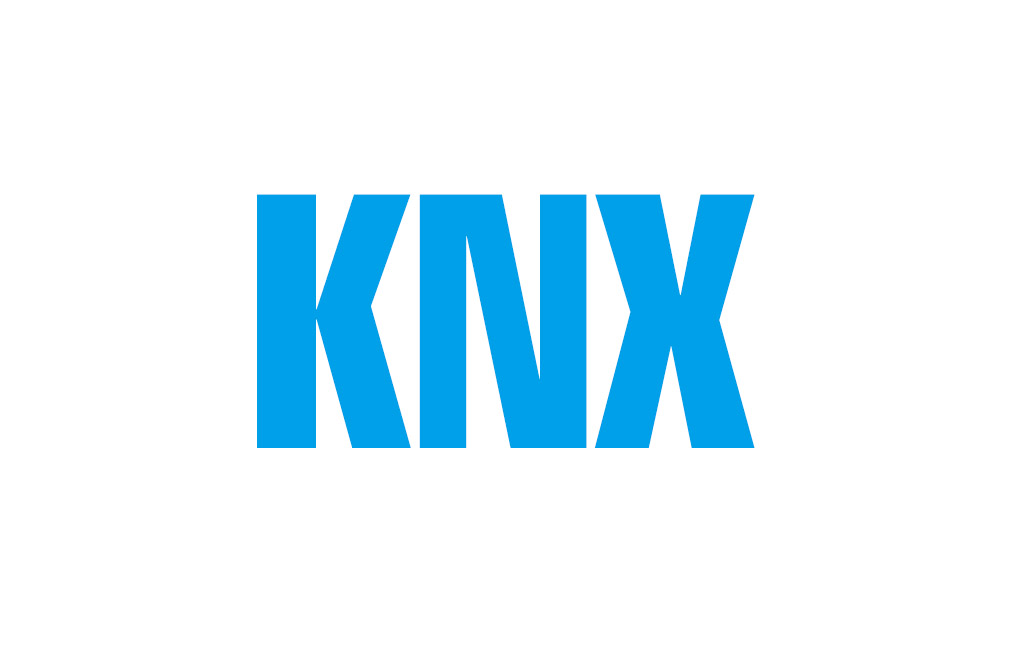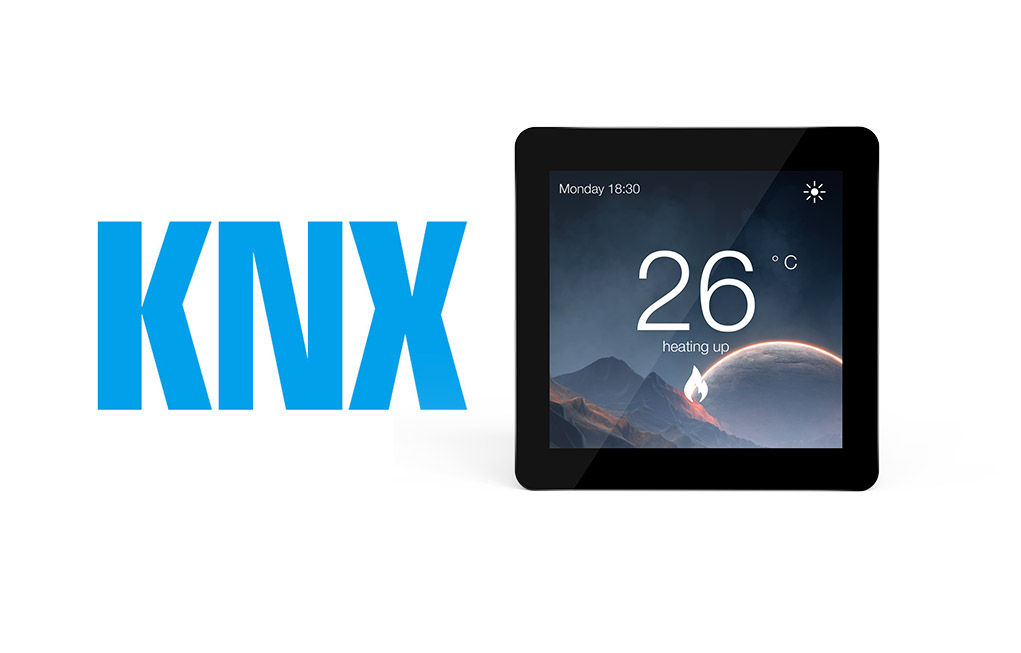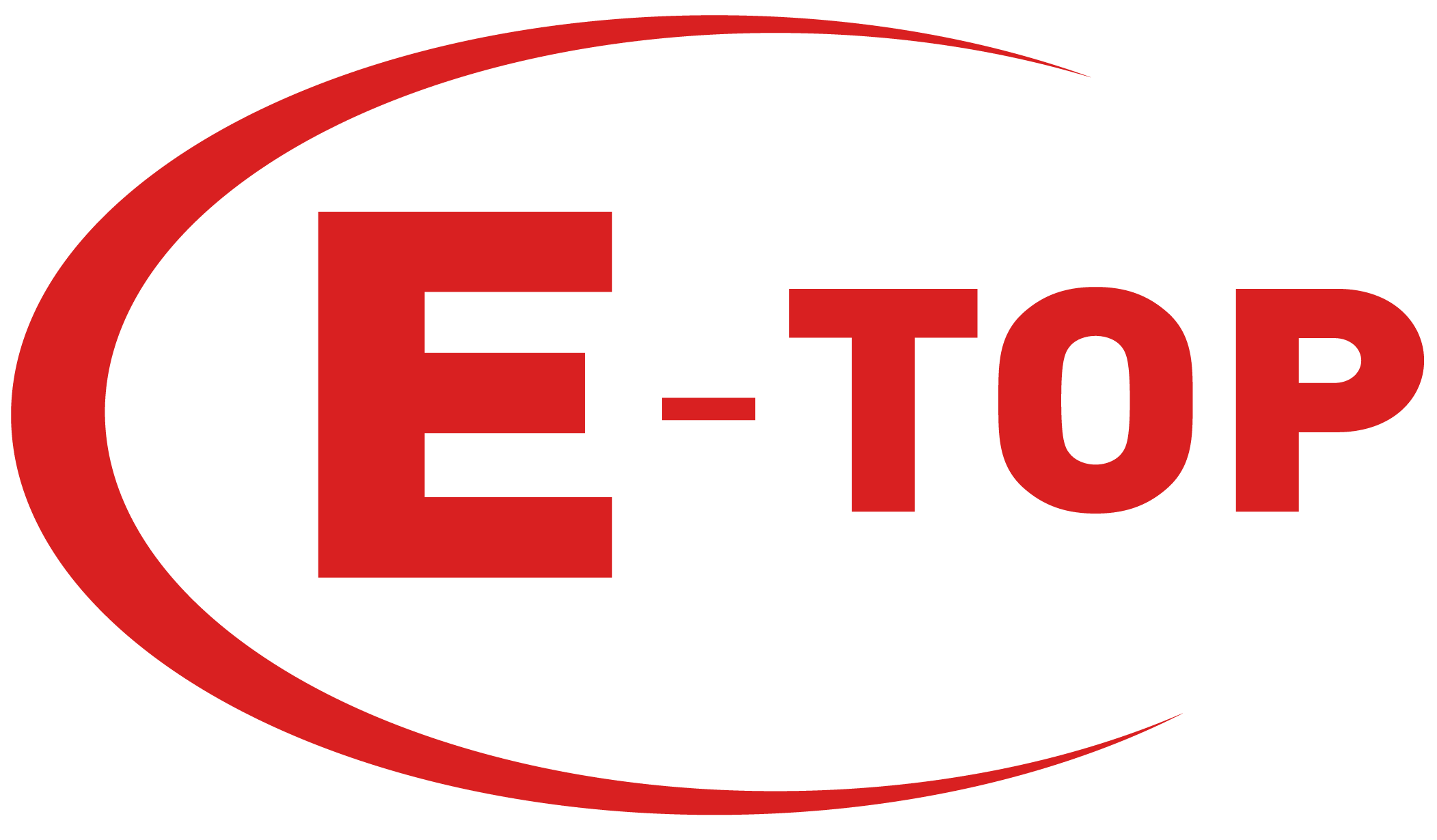Never miss an offer or update. You can unsubscribe at any time.
 Options to consider KNX thermostat
Options to consider KNX thermostat
 KNX Thermostats for Heating and Cooling
KNX Thermostats for Heating and Cooling
 Address:No.6 of Tong'an Industrial Park, Meixi Rd,Tong'an District, Xiamen China 361100
Address:No.6 of Tong'an Industrial Park, Meixi Rd,Tong'an District, Xiamen China 361100 Phone:+86 0592 6155792
Phone:+86 0592 6155792 Email:info@etopcontrols.com
Email:info@etopcontrols.comNever miss an offer or update. You can unsubscribe at any time.

